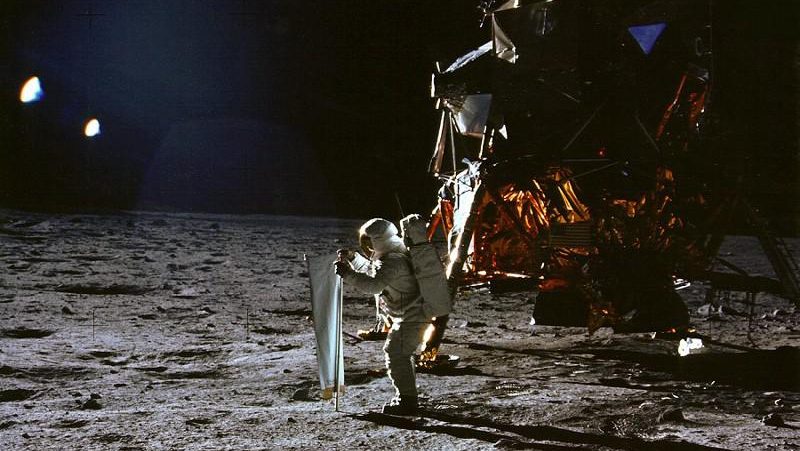Nafisi responds to her critics who allege that Iran has become freer since Nafisi left.
Azar Nafisi: Well I would like that reporter who only spent five days in Iran and went – and he never contacted me by the way, and talked to about five or six people from the northern part of the city – to go back to Tehran. And first of all I would like to ask him has it changed? Mr. Ahmadinejad’s arrest of over 4,000 the past year just for issues related to so called morality; the execution of over 300 people . . . And I’m giving you official statistics. The women who are right now as we speak protesting, and being jailed. And the newspapers . . . The newspaper . . . The magazine Zanon, which was a women’s magazine that had been . . . that was published for, I think, nearly 20 years . . . It was maybe less in mid-80s anyway, was when they came out . . . It has been banned. So what has exactly changed? That is the first question. And the reason I’m bringing this up is because they read the book very officially. My idea . . . And I mentioned in my book that the Islamic Republic, living in it is like . . . The Islamic Republic is like the month of April. There are some . . . There are thunderstorms and showers with few sunny spots. And I was referring to this whole process of a system like this closes; and then it opens because it’s like a pressure cooker because people are dissatisfied. So you have to give people some liberties and freedoms and then you close again. What I was talking about was this arbitrary nature of a system. A system changes when the laws change. What has changed in Iran? Stoning? For a while they put a moratorium on stoning to death, and they broke it. Even that . . . even the moratorium. I mean it’s shameful for people to say something has changed because there has been a moratorium on stoning people to death, you know? After Iranian women for a decade and a half . . . over a decade and a half . . . two decades . . . fought against the law that changed the age of marriage from 18 to nine. You know that is . . . That is what these people did when they came to Iran. They changed the age of marriage to nine. It was 18 during the ... time. Iranian women fought and fought. Then they put it to 13, but still the judge can decide that a girl under 13 can get married. A girl of 13 in this country marrying a man . . . And you can . . . They marry a girl of 13 to a man of 60, 70, 80 who already has wives, you know? And a girl of 13 in this country marrying a man of even 22 will be . . . The man will be in jail, you know? And the system has not changed. They still say you need to wear the veil. Iranian women resisted this, and I mentioned this in my epilogue. If these people read my epilogue they will know I mentioned . . . And since I left Iran, because of the Iranian women fighting the morality squads are not in the streets anymore. And the fact is that women are wearing their veils in very creative ways. They’re still wearing veils. My student ... – when I mentioned that to her when she was in Iran then – she got very mad at me. And she said that yes, what changed? We used to wear black. Now we can wear green scarves. We used to not be able to show our hair. Now we show inches, you know? So nothing has changed. The system is the same. Sometimes it becomes a bit more liberal. Sometimes it becomes more repressive. This is very super . . . it’s like Soviet Union, you know? The system during Khrushchev became laxer. Before that it was much harsher. We would enjoy it if it becomes laxer. You know but that doesn’t mean that my book is not relevant, because as long as . . . And I . . . And I didn’t want it to be about Iran only. I wanted the book to be about the power of fiction over repressive realities. That was the topic of the book. I hope that is how people get it. Recorded on: 2/22/08





